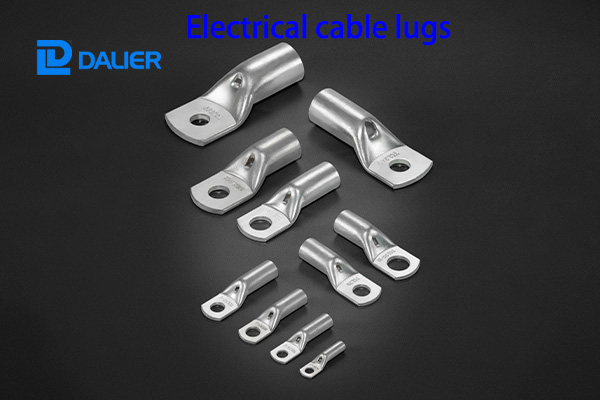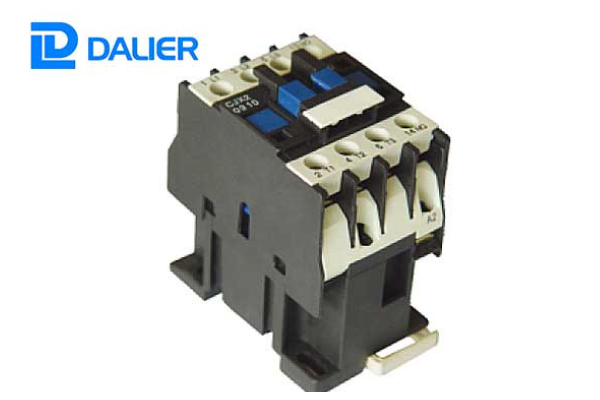Pre-preparation of crimp terminals
1, compatibility and wire preparation
Terminals, wires and stampers must be compatible. The correct components must be used during production. The cross-sectional area and outer diameter of the wire must meet the requirements of the terminal.
The wire insulation must be stripped before crimping. The stripping length must be as required to ensure that the conductor and the insulation layer are in the correct position when the terminal is crimped. The insulation must be cut neatly and evenly.
Insulation is not allowed to remain on the stripped conductor.
Do not damage or cut the copper wire when stripping.
After the insulation layer is stripped, there must be no loose or separate copper wires.
The conductor copper wire cannot be twisted or twisted into a wire harness.
If the stripped wire is not crimped immediately, the end of the stripped conductor must be protected from scattering or fouling of the copper wire, such as half stripping during stripping.
The broken and stripped wire must be crimped in 8 weeks.
2. Conductor end
The conductor must be placed horizontally in the terminal crimping frame. The end of the conductor must extend beyond the crimp frame and must not exceed 1 mm.
The conductor brush does not interfere with the insertion and removal of the terminal and does not affect the sealing and safety after installation.
The conductor brush should not extend to the terminal patch area.
3, the outer end of the insulation
The end of the insulating sheath must protrude from the insulating sheath crimping frame, but the insulating sheath is not allowed to extend into the core crimping frame.
4, the bell mouth
After crimping, there must be a bell mouth at the edge of the core crimping frame, and the size of the bell mouth varies according to the diameter of the wire.
The front end bell mouth of the core crimping frame is not required, but the maximum size requirement must refer to the requirements of the rear end bell mouth.
5, cutting tail
The tail cut is obvious and the longest can not exceed 1.0 to 1.5 times the thickness of the terminal material.
The incision burrs (burrs) must not exceed 0.03 mm.
The tailing and burrs shall not interfere with the installation and connection of the terminals, and shall not damage the insulation sheath of the wires, and shall not exceed the installation casing to affect the sealing and safety of the entire connector.




